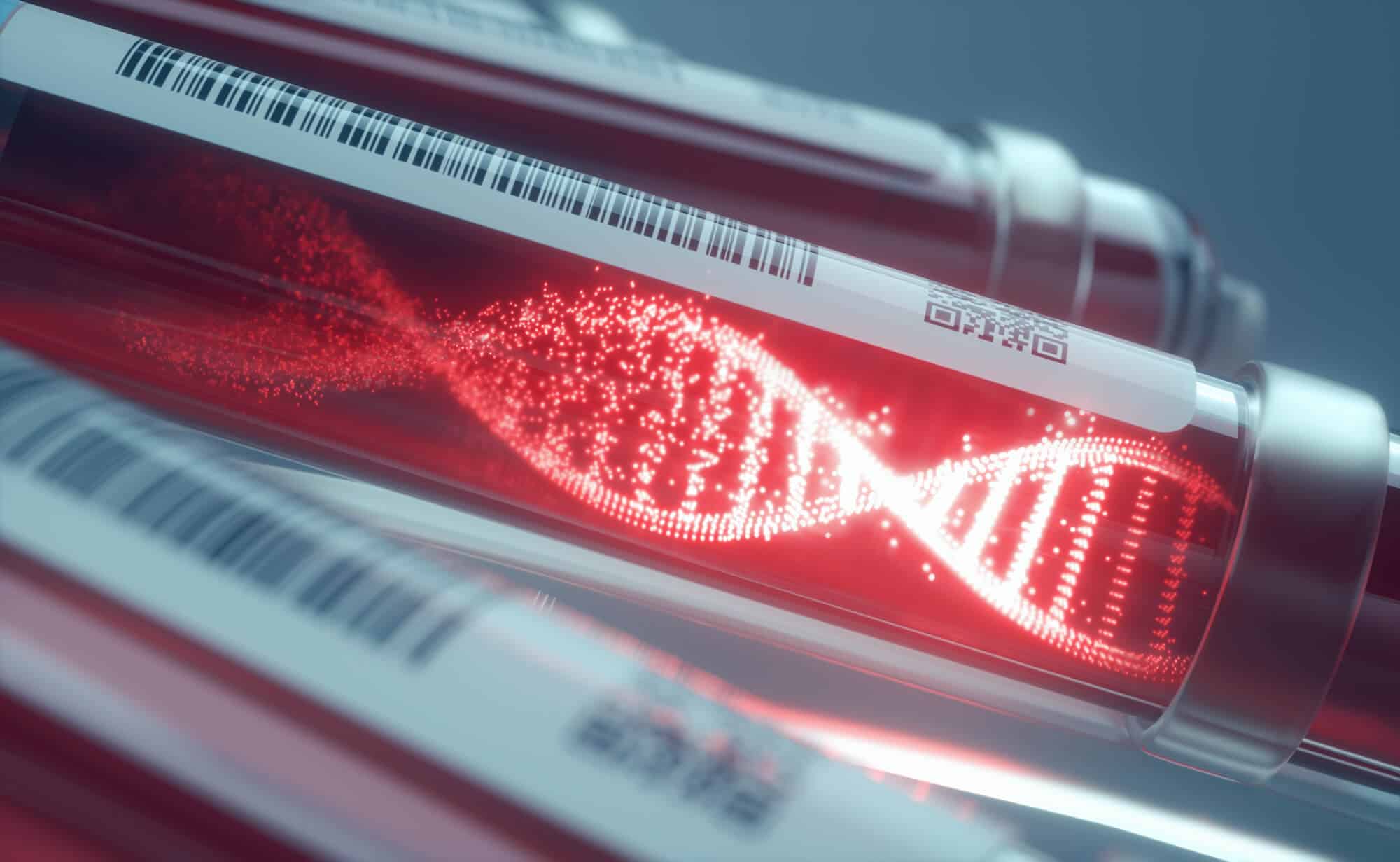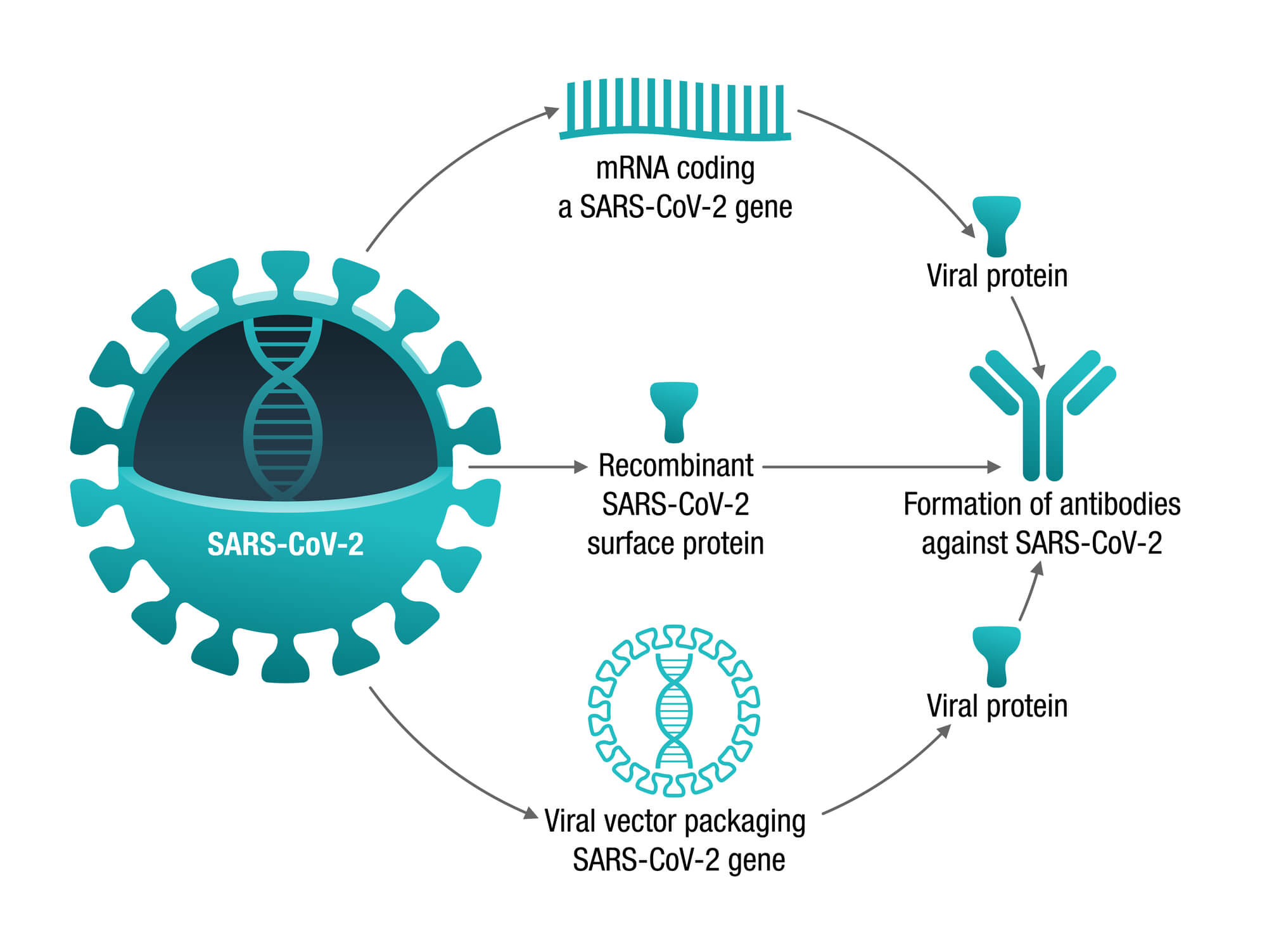Vaccine technology based on DNA and RNA has already been in development for about thirty years, it happened to be ready to help develop a vaccine for Corona, but its potential is much higher, says a British researcher

The Conversation website conducted an interview with Debra Fuller, Professor of Microbiology, School of Medicine, University of Washington and co-founder of Orlance, a biotechnology company developing technology to deliver RNA and DNA vaccines without injection.
The two most successful corona vaccines developed in the USA - the Pfizer and Moderna vaccines - are mRNA vaccines. The idea of using genetic material to produce an immune response has opened up a world of research and potential medical uses that traditional vaccines can't even come close to. Deborah Fuller is a microbiologist at the University of Washington who has been researching genetic vaccines for more than 20 years. We spoke with her about the future of mRNA vaccines for the Weekly Conversation podcast.
How long have gene-based vaccines been developed?
This type of vaccine has been in development for about 30 years. Nucleic acid vaccines are based on the idea that DNA makes RNA and then the RNA makes proteins. For any given protein, once we know the genetic sequence, i.e. the code, we can design an mRNA or DNA molecule that will cause a person's cells to start doing it.
When we first thought of this idea of putting genetic code into someone's cells, we studied both DNA and RNA. The mRNA vaccines didn't work so well at first. They were unstable and they caused quite strong counter-reactions which were not necessarily desirable. For a very long time the preference was for DNA vaccines, and the first clinical trials were done with a DNA vaccine.
But about seven or eight years ago, mRNA vaccines started to break out. The researchers solved many of the problems – especially the instability – and discovered new technologies for delivering mRNA into cells and ways to change the coding sequence to make the vaccines much safer for use in humans.
Once these issues were resolved, the technology had the potential to become a revolutionary tool in medicine. This happened exactly when the corona epidemic broke out.
What makes nucleic acid-based vaccines different from traditional vaccines?
Most vaccines cause the body to produce antibodies. Antibodies are the main immune mechanism that blocks infections. When we started researching nucleic acid-based vaccines, we discovered that because these vaccines were expressed inside our own cells, they were also very effective at eliciting a T-cell response. This discovery really sparked further thinking about how researchers could use nucleic acid-based vaccines for more than just infectious diseases. , but also for immunotherapy for the treatment of cancer and chronic infectious diseases - such as AIDS, hepatitis B and herpes - as well as for autoimmune disorders and even genetic therapies.
Elimination of AIDS and cancer cells

How can a vaccine treat cancer or chronic infectious diseases?
T cell responses are very important for identifying cells infected with chronic diseases and abnormal cancer cells. They also play a big role in eliminating these cells in the body.
When a cell becomes cancerous, it starts producing neoantigens, which are proteins that appear on damaged cells that have been infected by a virus or mutated. In normal cases, the immune system recognizes these neoantigens, realizes that something is wrong with the cell, and kills it. The reason for the outbreak of cancer in certain people is that their immune system is unable to recognize the tumor cells, and thus the cells multiply unhindered.
In an mRNA or DNA vaccine, the goal is to improve the body's ability to recognize the very specific neoantigens that the cancer cell produces. If the immune system can recognize and see them better, it will attack the cancer cells and eliminate them from the body.
The same strategy can be applied to eliminate chronic infections such as HIV, hepatitis B and herpes. These viruses infect the person and remain in the body forever, unless the immune system eliminates them. Similar to how nucleic acid vaccines can train the immune system to eliminate cancer cells, they can be used to train our immune cells to recognize and eliminate infected cells in chronic conditions.
What is the status of these vaccines?
Some of the first clinical trials of nucleic acid vaccines took place in the XNUMXs in an attempt to improve the treatment of cancer, especially melanoma.
Currently, there are several ongoing clinical trials of mRNA for the treatment of melanoma, prostate cancer, ovarian cancer, breast cancer, leukemia, glioblastoma, and others, and there have been some promising results. Moderna recently announced promising results in a phase 1 trial for mRNA therapy in solid tumors and lymphoma.
In addition, there are many ongoing trials testing DNA vaccines for cancer, because DNA vaccines are particularly effective at mobilizing T-cell responses. A company called Inovio recently showed a significant effect on cervical cancer caused by the papillomavirus in women using a DNA vaccine.
Treatment of autoimmune disorders and gene therapy
Can nucleic acid vaccines treat autoimmune disorders?
Autoimmune disorders occur when a person's immune cells actually attack part of the person's own body. An example of this is multiple sclerosis. In MS patients, the immune cells attack a substance called myelin, a protein that coats the nerve cells in the muscles.
The way to eliminate an autoimmune disorder is to regulate the immune cells to prevent them from attacking the body's own proteins. Unlike vaccines, which aim to stimulate the immune system to better recognize something, the treatment of autoimmune diseases seeks to suppress the immune system so that it stops attacking something it doesn't need. Recently, researchers created an mRNA vaccine that encodes the myelin protein with slightly different genetic instructions to prevent it from triggering immune responses. Instead of activating normal T cells that increase immune responses, the vaccine caused the body to produce regulatory T cells that eliminated only the T cells that attacked the myelin.
Are there other applications of the new vaccine technology?
The applications that are in the advanced process implement the first things researchers thought about using DNA and mRNA vaccines: gene therapy. Some people are born missing certain genes and the goal of gene therapy is to provide the cells with the missing instructions they need to produce an important protein.
A great example of this is cystic fibrosis, a genetic disease caused by mutations in a single gene. Using a DNA or mRNA vaccine, researchers are investigating the feasibility of replacing the missing gene and allowing the body to temporarily produce the missing protein. Once the protein develops in the body, the symptoms may disappear, at least temporarily. The mRNA will not stay long in the human body, nor will it integrate into people's genome or change the genome in any way, and therefore additional doses will be needed when the effect wears off.
Studies have shown that this feat is possible, but some work is still required.
More of the topic in Hayadan:
